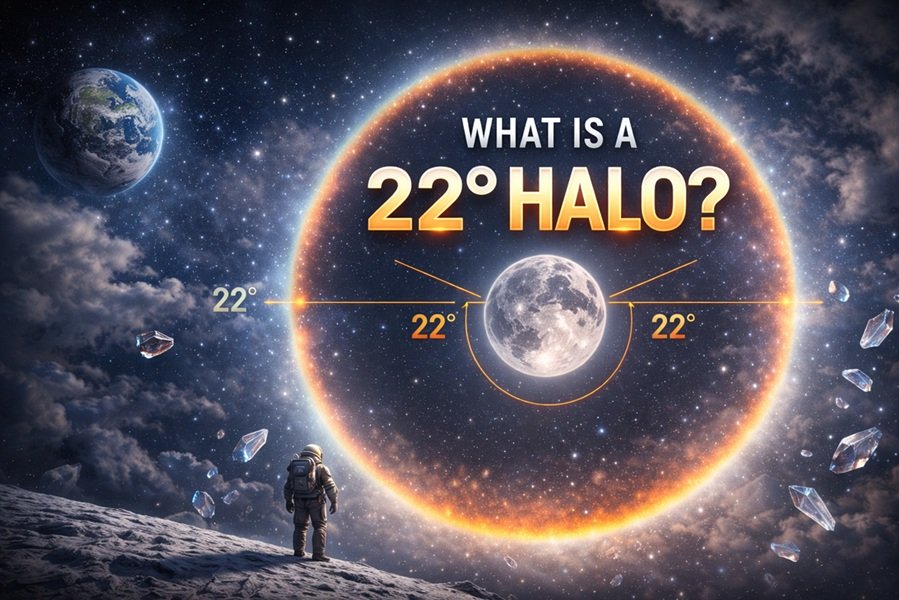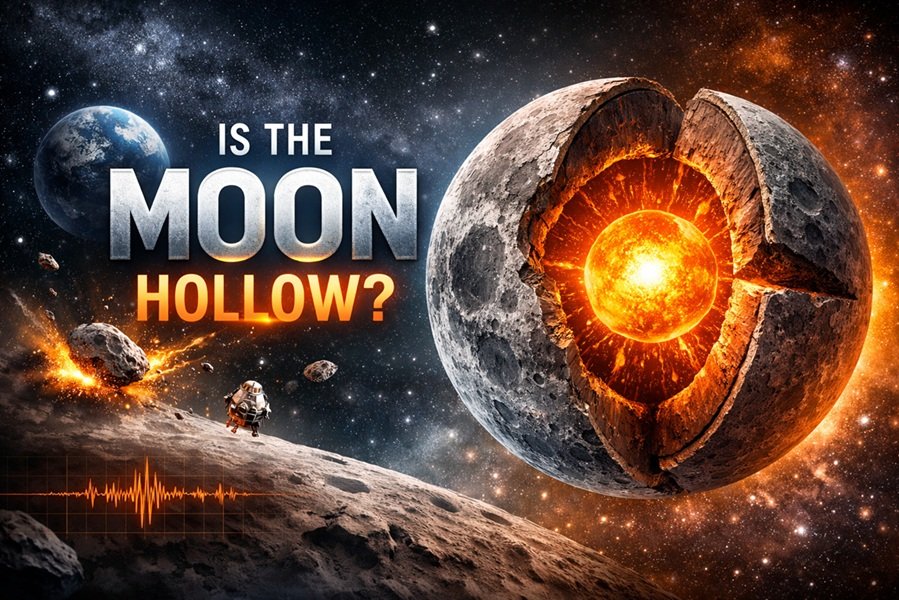
When you imagine the Sun, what color do you see? Most people would quickly say yellow, orange, or even red, especially if they’ve ever watched a sunrise or sunset. But is that the Sun’s actual color? The answer is far more complex and fascinating than it first appears.
The question “What is the color of the Sun?” lies at the intersection of physics, astronomy, atmospheric science, and human perception. Let’s unpack the science behind this deceptively simple question.
1. Perceived Colour vs. Actual Colour
What We See from Earth
From the surface of the Earth, the Sun appears yellowish or reddish, especially during early morning or late evening hours. This is due to the scattering of light by the atmosphere — a phenomenon known as Rayleigh scattering.
The Earth’s atmosphere scatters shorter wavelengths of light (like blue and violet) more than longer wavelengths (like red and orange). When the Sun is near the horizon, its light must pass through more of the atmosphere. Most of the blue light is scattered away, leaving the red, orange, and yellow hues, which makes the Sun appear warm-colored.
Why It Looks White from Space
However, when viewed from space — such as from the International Space Station or by space telescopes — the Sun appears white. This is because none of the Sun’s light is scattered by the atmosphere, and all wavelengths reach the observer’s eyes together, blending into white.
2. The Sun’s Emission Spectrum: Blackbody Radiation
What Is a Blackbody?
The Sun behaves like a blackbody radiator, meaning it emits electromagnetic radiation across a spectrum of wavelengths based on its temperature. A blackbody doesn’t reflect any light; instead, it absorbs and re-emits all radiation in a predictable distribution.
The temperature of the Sun’s photosphere (the visible surface) is approximately 5,778 Kelvin.
Peak Wavelength and Visible Light
According to Wien’s Displacement Law, the peak wavelength (λ) of radiation emitted by a blackbody is inversely proportional to its temperature (T):

Where:

Plugging in the Sun’s temperature:

This corresponds to green light in the visible spectrum.
But the Sun doesn’t look green. Why?
Why Isn’t the Sun Green?
Even though the Sun’s peak emission is in the green part of the spectrum, it emits across the entire visible range (roughly 400–700 nm). The blend of all these colors — violet, blue, green, yellow, orange, and red — results in white light.
Green doesn’t stand out because the Sun emits so much of all colors that they blend together into white, rather than any one color dominating.
3. Human Eye Perception and White Balance
Human perception plays a critical role in how we interpret the Sun’s color.
- Our eyes are more sensitive to green and yellow wavelengths, which is why the Sun can appear yellowish when it’s high in the sky.
- At sunrise or sunset, the yellow, orange, or red color results from atmospheric filtering, not the Sun itself.
- Under neutral lighting (no atmospheric interference), the brain would interpret the Sun’s light as white.
Cameras and scientific instruments also record the Sun as white when corrected for color temperature.
4. Misconceptions about Sun’s Colour
Myth 1: The Sun Is Yellow
Many diagrams, school textbooks, and illustrations depict the Sun as yellow or orange. This is a representation based on perception, not scientific accuracy.
Myth 2: The Sun Changes Colour
The Sun doesn’t change its color; rather, our perspective changes depending on our position on Earth and the atmospheric conditions.
5. What Do Scientists Say?
NASA, the European Space Agency (ESA), and astrophysicists globally agree:
The Sun is essentially white when viewed from space or when corrected for atmospheric distortion.
Even solar observatories, like SOHO and SDO, often produce artificially color-coded images for scientific visualization, not true color representation.
6. Color in Terms of Stellar Classification
Astronomers classify stars by color and temperature. According to the Morgan–Keenan (MK) classification, the Sun is a G2V star.
- G-type stars are categorized as “yellow dwarfs”, though this again is a simplification.
- A G2 star has a surface temperature of ~5,500–6,000 K, placing it in the white light emission range.
When plotted on the Hertzsprung–Russell diagram, the Sun sits comfortably in the “Main Sequence” under the G-type, emitting white light.
7. Comparative Colours: Other Stars
Understanding the Sun’s color also means comparing it to other stars:
| Star Type | Color | Temperature (K) |
|---|---|---|
| O-type | Blue | >30,000 |
| B-type | Blue-white | 10,000–30,000 |
| A-type | White | 7,500–10,000 |
| F-type | Yellow-white | 6,000–7,500 |
| G-type (Sun) | White | 5,000–6,000 |
| K-type | Orange | 3,500–5,000 |
| M-type | Red | <3,500 |
In this context, the Sun fits into the “white” light zone, not yellow or orange.
8. Final Answer: So What Is the Sun’s Colour?
Scientifically speaking, the Sun is white.
- It emits all visible wavelengths, with a slight peak in green.
- When combined, these wavelengths result in white light.
- The yellow/orange/red tints are due to Earth’s atmosphere and our sensory bias.
Conclusion
The Sun is not yellow, orange, or red — it is a brilliant white light source, radiating energy across the entire visible spectrum and beyond. The colors we see from Earth are shaped by atmospheric effects and our own perceptual limitations.
Understanding the true color of the Sun is more than just a trivia answer — it’s a window into how light, matter, and perception intersect to shape our understanding of the universe.
Read This: What Colour Makes Bulls Angry? The Truth Behind the Red Myth






